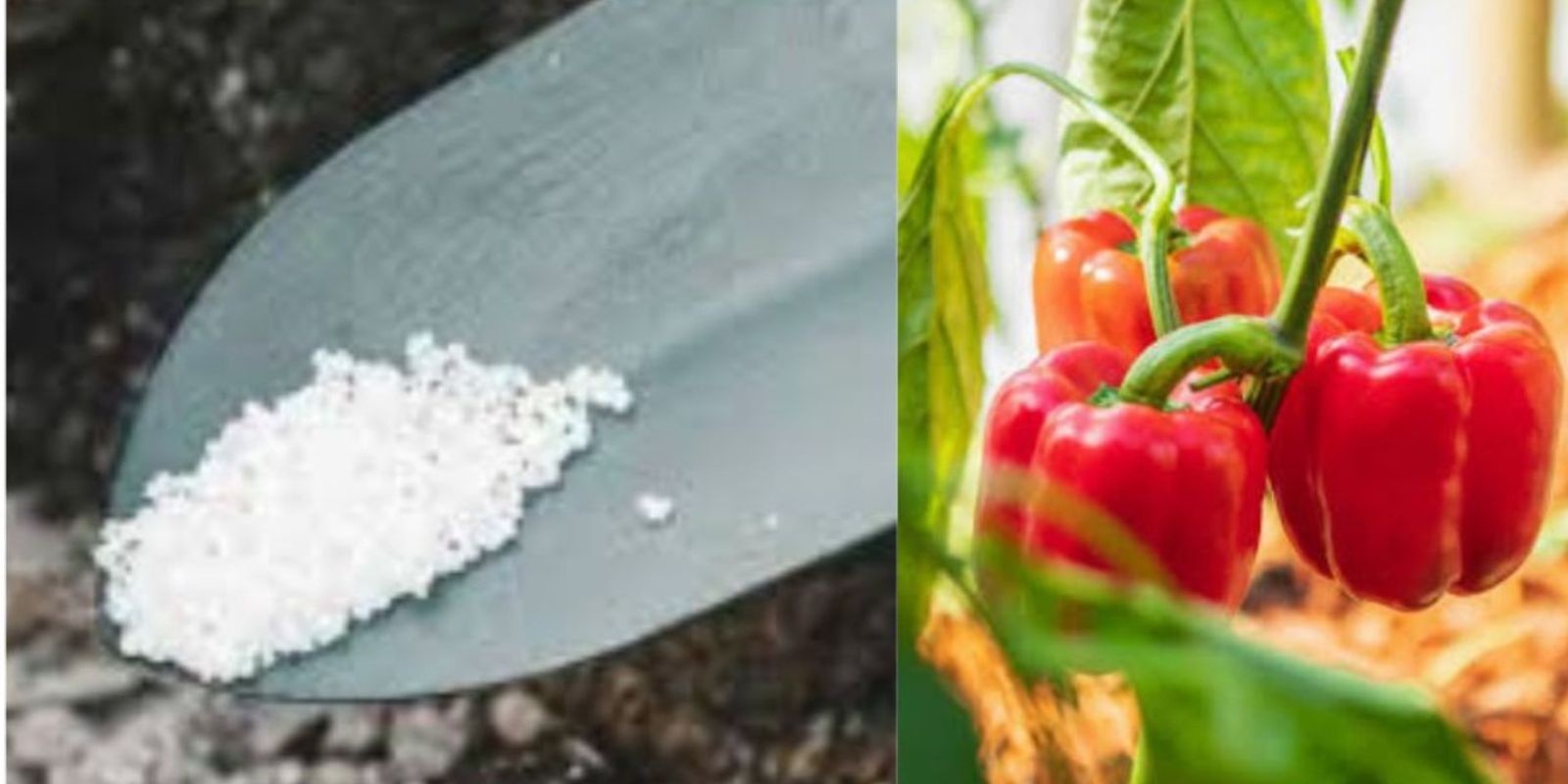Peppers are one of the most rewarding vegetables to grow, whether you prefer the sweet crunch of bell peppers or the fiery heat of chili varieties. With the right care, you can enjoy a bountiful harvest of fresh, homegrown peppers throughout the growing season. However, many gardeners struggle with slow growth, poor fruit production, or weak plants. The secret? A combination of proper soil, watering techniques, and natural fertilizers can make all the difference!
In this ultimate guide, we’ll cover 11 proven secrets to growing thriving pepper plants that yield abundant, healthy, and flavorful peppers.
1. Choose the Right Pepper Variety for Your Climate
Not all peppers grow well in every region. Before planting, choose a variety suited to your climate.
- Cooler climates: Sweet bell peppers, banana peppers, and poblano peppers tend to perform better.
- Hot climates: Habaneros, jalapeños, and cayenne peppers thrive in warm conditions.
Look for fast-maturing varieties if you have a short growing season, or start seeds indoors to extend your growing period.
2. Start Seeds Indoors for a Stronger Head Start
Peppers are slow to germinate, so starting them 8-10 weeks before the last frost gives them a strong start.
- Use a seed-starting mix for better root development.
- Keep temperatures between 75-85°F (24-29°C) for quicker germination.
- Once seedlings have 2-3 sets of true leaves, harden them off before transplanting outdoors.
3. Provide Warm, Well-Draining Soil
Peppers love warm soil. If soil temperatures are too cold, plants will stall in growth.
- Ideal soil temperature: 70-85°F (21-29°C).
- Use raised beds or black plastic mulch to warm the soil faster.
- Ensure the soil is rich in organic matter and well-draining to avoid root rot.
4. Ensure Plenty of Sunlight (At Least 6-8 Hours Daily)
Peppers thrive in full sun, so select a location where they receive at least 6-8 hours of direct sunlight daily.
- In hotter regions, offer some afternoon shade to prevent sunscald.
- In cooler regions, plant near heat-absorbing surfaces like brick walls or patios.
5. Space Plants for Proper Airflow
Overcrowding pepper plants leads to poor air circulation, increasing the risk of diseases like powdery mildew.
- Space plants 12-18 inches apart.
- Provide support using stakes or cages to keep plants upright and prevent breakage.
6. Keep Soil Moist but Avoid Overwatering
Peppers need consistent moisture, but too much water can cause root rot.
- Water deeply 1-2 times per week.
- Use mulch to retain moisture and keep roots cool.
- Avoid wetting the leaves to prevent fungal infections.
7. Use Epsom Salt to Boost Magnesium Levels
Magnesium is essential for strong, productive pepper plants. A simple Epsom salt solution can enhance flowering and fruit development.
- Mix 1 tablespoon of Epsom salt per gallon of water and spray on leaves every 2-3 weeks.
- Alternatively, sprinkle 1 teaspoon of Epsom salt around each plant and water it in.
8. Support Heavy Plants with Stakes or Cages
As peppers grow, they can become top-heavy and prone to falling over.
- Install stakes or cages early to avoid disturbing the roots later.
- Tie the plants gently with soft garden ties for support.
9. Feed Plants with Organic Fertilizer for Maximum Yield
Peppers are heavy feeders and benefit from regular feeding. Use:
- A balanced organic fertilizer (10-10-10) every 3-4 weeks.
- Compost tea or fish emulsion for a natural nutrient boost.
- Avoid too much nitrogen, as it encourages leaves instead of fruit.
10. Hand Pollinate for Better Fruit Production
Sometimes, pepper flowers don’t set fruit due to poor pollination. If you notice flowers dropping without producing peppers, try:
- Gently shaking the plant to distribute pollen.
- Using a small paintbrush to transfer pollen between flowers.
- Planting pollinator-friendly flowers nearby to attract bees and butterflies.
11. Harvest Regularly to Encourage More Growth
The more you harvest, the more your plant will produce!
- Pick peppers when they reach full size and desired color.
- Use scissors or pruners to avoid damaging the plant.
- Leaving some peppers on the plant too long signals the plant to slow production, so harvest frequently.
Final Thoughts
Growing peppers doesn’t have to be difficult—just follow these 11 powerful secrets to enjoy healthy plants and an abundant harvest! Whether you’re growing sweet bell peppers, spicy jalapeños, or exotic varieties, these tips will help you achieve the best results.
Which tip surprised you the most? Let us know in the comments below! 🌱👇

